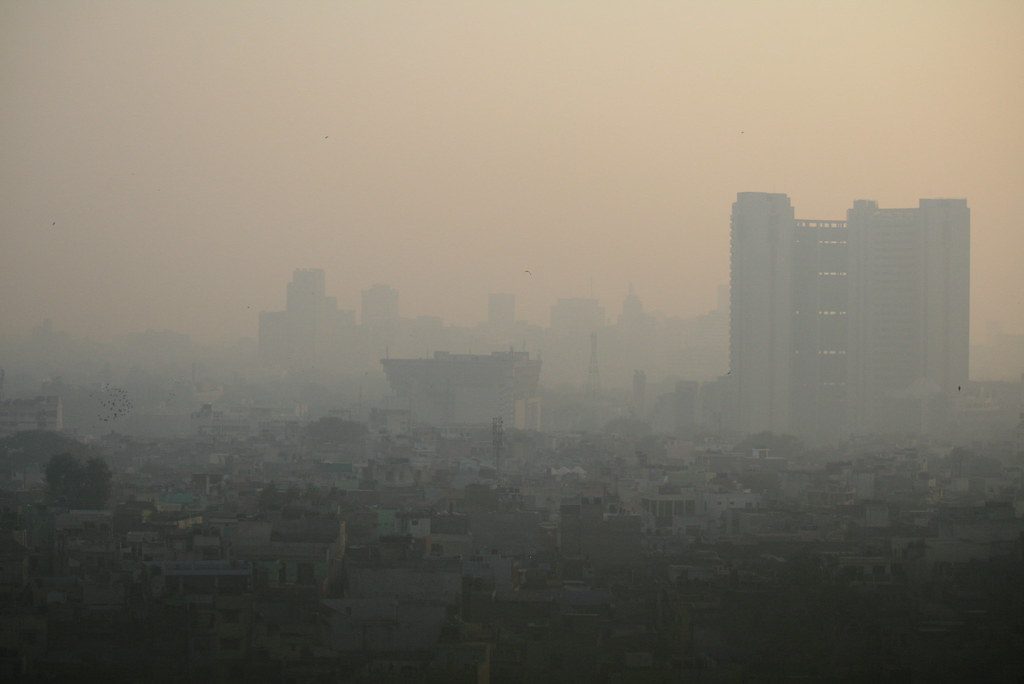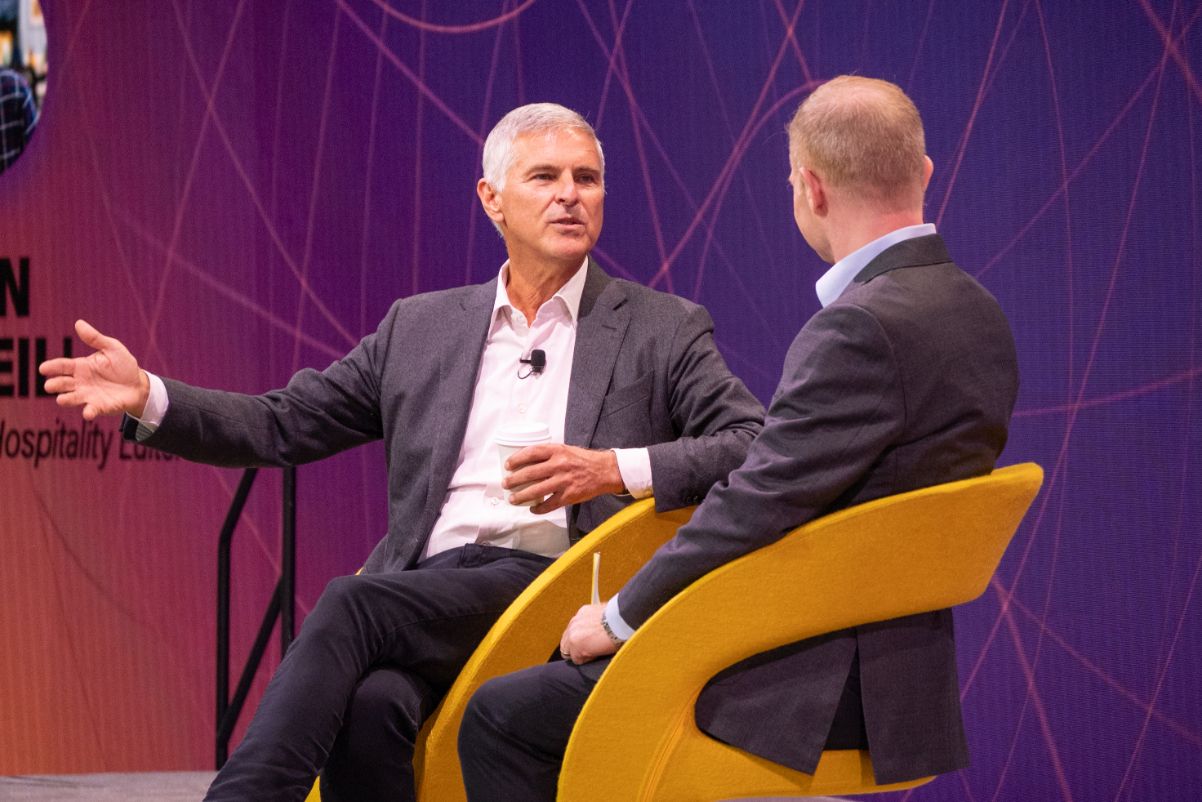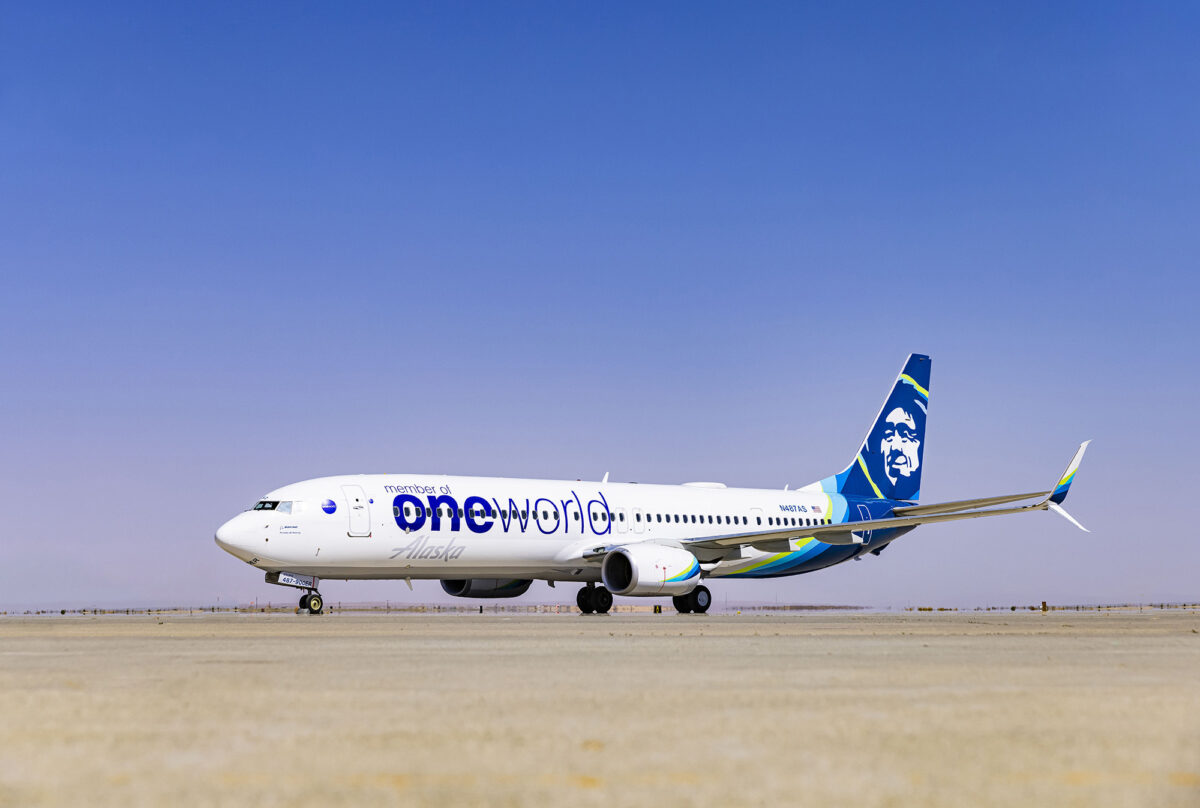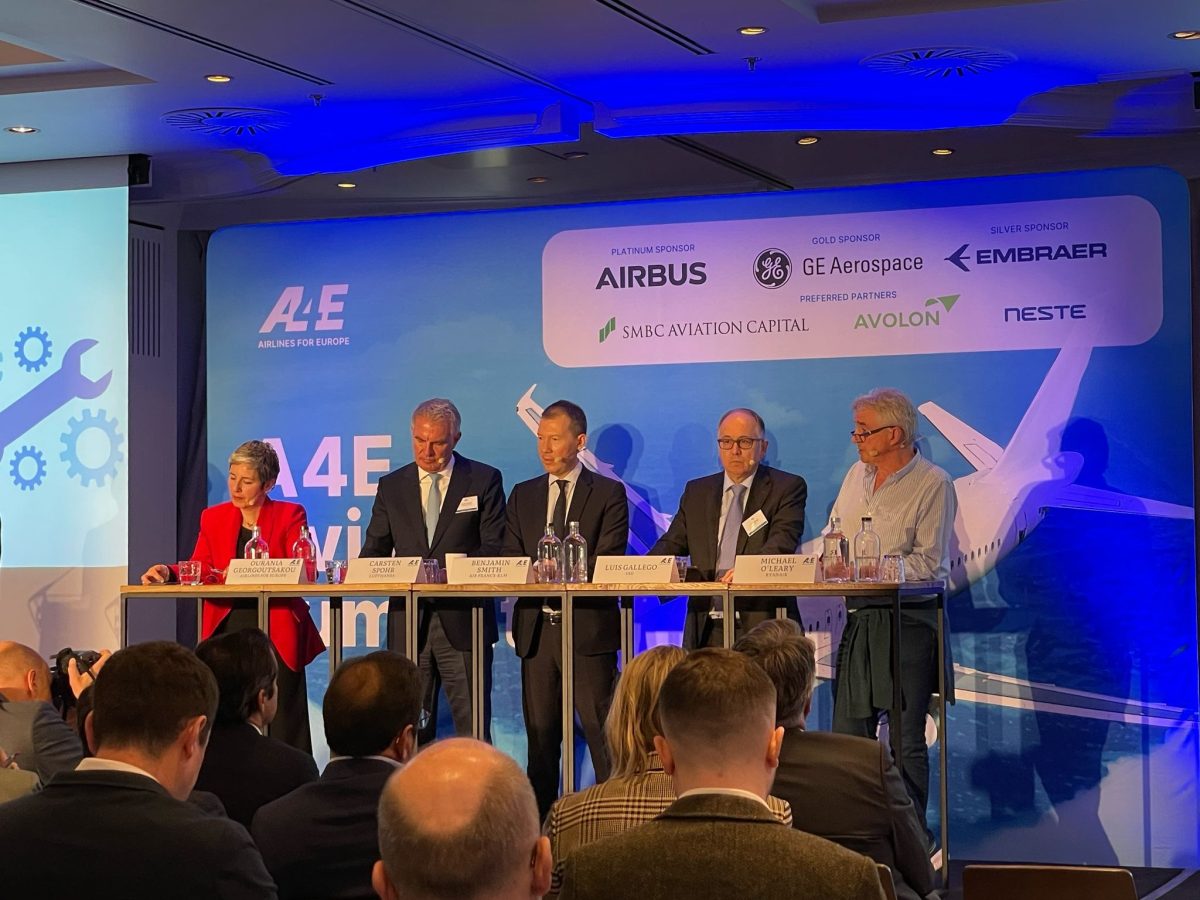Asia's Persistent Pollution Problems Weigh on Tourism Opportunities

Skift Take
When a hotel upgrade consists of an in-room air purifier, you know pollution has gone too far. Or when executives, especially those with children, start turning down job offers or requesting a new post because they can see through the heavy smog that this isn’t the way to live or the place to work.
Asia dominates the list of world’s most polluted countries, with Bangladesh, Pakistan, India, Indonesia, China, Vietnam, Sri Lanka, and Thailand among the top 25, according to the recently released 2018 World Air Quality Report by IQAir AirVisual.
This unwanted distinction for Asia carries lots of implications for the tourism industry, as travelers and industry workers pay closer attention to pollution levels.
The Middle East also ranks high, with Bahrain, Kuwait, and United Arab Emirates among the top 10.
Delhi took the cake as the world’s most polluted capital city in 2018. In Southeast Asia, the capitals Jakarta and Hanoi, are worst, while a number of Thai cities also rank high. In fact, Chiang Mai, one of the most visited cities in Thailand, had the dubious honor of beating Delhi for a period in March this year, when seasonal open burning produced the worst pollution in memory the city had ever seen.
Open burning, where land is burned to provide a richer nutrient environment for future crops, is a huge source of pollution in Southeast Asia, particularly in Indonesia. In 2015, it sparked the worst "haze crisis" since 1997 through transboundary air pollution across neighboring countries, causing an estimated 100,000 premature deaths, flaming diplomatic tensions, and crippling tourism arrivals growth.
Thailand’s Chiang Mai is still suffering from the effects of open burning this year, which lasts from February to April. “This has continued, year after year for the last 10 years at least, with no improvements. And this year is the worst I’ve experienced,” said a retired travel industry veteran residing in Chiang Mai for over 20 years.
“Whole mountainsides are set alight. The forest carpet and the dry leaves emit massive volumes of toxic smoke. Smoldering then continues for days. And it is not restricted to Chiang Mai or Chiang Rai provinces,” said the Chiang Mai industry veteran. “A few years ago I drove the 300 kilometers from Chiang Mai to Nan, and did not see a single patch of unburned forest, except obviously in national parks. Basically, the whole of Northern Thailand burns. Small animals, insects, young trees, and plants at ground level are destroyed. The progressive year-after-year eco-damage is incalculable.
“The burning is carried out to facilitate the growth and the easy harvesting of a valuable type of mushroom for sale, apparently, to the lucrative Chinese market. It is therefore caused by greed.”
In urban areas, transportation and industry are among the leading culprits, with high numbers of small vehicles such as motorbikes, said IQAir AirVisual. “There is strong correlation between urbanization and air pollution in [Southeast Asia]: Jakarta and Hanoi have the highest recorded air pollution in the region and are also among the most populated cities.”
In south Asia, apart from open-crop and biomass burning, common culprits of pollution include vehicle exhaust, industrial emissions, and coal combustion, said IQAir AirVisual.
A Big Mess
With tourists increasingly demanding quality experiences, industry players such as Dipak Deva are exasperated. Deva, the managing director of Sita Travels, Travel Corporation India, and Distant Frontiers, said, “We have a big mess.”
While the three inbound agencies Deva oversees aren’t seeing cancellations to India because of pollution, he argues that something must be done now to prevent that from happening. Besides, the amount of lost business, that is, people who decide not to book because of pollution concerns, could not be ascertained.
“A lot of clients are already asking us questions about pollution. Fortunately it’s only in Delhi, and out of a 14-day trip, only two days are in the capital. Even then, you can’t tell people come to Delhi for two days, kill your lungs, and we’ll take you out.
“Moreover, the perception is, not just Delhi but all of north India is polluted, and that is the problem,” said Deva.
He added, “People can check pollution levels. Right now the PM2.5 is 237, a good day. I’ve seen it at 400 very often, and there were times it even crossed 500. If the government and experts don’t do something, this will lead to travel advisories and a full-blown crisis.”
PM2.5 refers to particulate matter that is widely regarded as the pollutant with the most health impact because its small size of up to 2.5 microns can penetrate deep into the human respiratory system and from there to the entire body, explains IQAir AirVisual.
Deva believes that as it is, any large-scale incentive travel group or corporate meeting would not even consider Delhi for a five-day event.
Interestingly, even though Delhi gets all the media and social media bashing as the world’s most toxic capital city, it ranks only 10th in the list of IQAir AirVisual’s most polluted South Asian cities. Gurugram is the worst, and Noida and Lucknow also have higher concentrations of PM2.5 than Delhi.
The media spotlight on Delhi has thinned although smog in the capital remains thick, said two European tour operators contacted by Skift. Holger Baldus, managing director of Marco Polo Reisen, said Trump, Brexit, and the end of Merkel era are preoccupying the German media.
He agrees that once official sources such as Germany’s Foreign Office issue an advisory to stay away, “we would always and immediately react accordingly.”
Currently, Delhi’s pollution only causes small inconveniences in operations “from time to time,” said Baldus.
“One of our best-selling excursions in Delhi is an early morning bike tour of Old Delhi, a fantastic and truly authentic experience. If air pollution is too strong, we have to cancel this excursion, sometimes even on very short notice, creating frustration among our guests,” said Baldus. “Furthermore we are always storing a good amount of air pollution masks in India in case the air pollution index recommends their use.
“Shortening the stay in Delhi in such cases is usually not an option as we mainly operate group travel, and alternative space is usually difficult to find. Besides, the majority of our guests still want the full program.”
Tim Greathead, product manager, India, of Premier Holidays UK, said the company offers small, tailor-made, and escorted tours in India, which allows for flexibility on the ground. “Our guides will tweak the itinerary to avoid bad times of day or areas with air pollution,” he said.
Adventure or outdoor specialists see a happier side to pollution, as it’s their business to get people away from urban centers, observed Apoorva Prasad, founder, editor-in-chief, and CEO of The Outdoor Journal.
“For example, rock-climbing is taking off in India, and Bangalore is one of the best cities for rock-climbing because of the sheer quantity of outdoor rocks that exists in the region. These areas are outside the city,” he said.
“Sensors to monitor PM2.5 levels are placed in the city, and you see they are off the charts. But the moment you get outside the city, they drop off.”
What is more impactful is a trend among young professionals who are making a decision to spend more time or live away from cities, not just because of the pollution but quality of life, noted Prasad.
“We have collaborators and employees who work with us in Delhi [where the firm started] who said we don’t want to live in Delhi anymore, we want to live in Goa or Himachal Pradesh, we don’t want to be in or near massive, dirty, chaotic, polluted cities. And I wholeheartedly agree, it’s a reason I live in Europe [in Luxembourg].
“There is a trend for those who can do so. We’ve looked at it as well. But it’s not so easy. For one, the infrastructure barely exists in Tier 2, Tier 3, or non-urban areas,” said Prasad.
A recent report by AFP said companies were offering “pollution allowances” of anywhere between 10 and 20 percent of the person’s base salary. It said media reports revealed Coca-Cola was offering an “environmental hardship allowance” of around 15 percent for employees moving to China.
The report quoted consultancies and recruitment firms as warning of “a reduction in calibre” because top talent have choices and that money could not offset pollution-related health issues, even if all senior executives want to have India experience on their resumes.
The article similarly said not only expats but Indians are turning down work in areas of the country with severe smog.
A "Winner"
If there’s a "winner" in pollution it’s air purifier companies, also companies such as IQAir AirVisual, which works with individuals, building developers, organizations, and governments to monitor air quality and provide solutions.
Air purifiers are becoming a necessity, rather than a luxury. The Radisson Blu Plaza Delhi Airport intends to equip all its rooms with an air purifier by this winter, which is the period when pollution in Delhi is at its worst, said general manager, Ashwani Kumar Goela.
Currently it has air purifiers for 25 percent of its 261 rooms and offers them to guests upon request at no charge.
“Since last winter, requests for air purifiers from guests have become as common and frequent as requests for extra beds. So I’m aiming to put one in every room and in the corridors by this winter. We’re not going to charge for them, rather, see if we can increase the rate slightly to pay for the capital investment,” said Goela.
The 21-year-old hotel does not have the luxury that a hotel under renovation or a new build has in incorporating air purifying technology.
Probably the cleanest hotel in the city, the newly renovated Oberoi New Delhi building, for example, has been entirely sealed to prevent entry of PM2.5. Fresh air enters only after being treated through four distinct levels of filtration, three of which are mechanical and one a chemical filtration system, according to a statement from the hotel. The grade of filters installed is "F9," which matches standards employed in top hospitals to maintain a sterile environment.
In addition, construction materials such as paints, polishes, and cleaners used in the interior are free from harmful volatile organic compounds that are often emitted as gases containing carbon, sulphur, and bromine.
In Thailand, meanwhile, air purifiers went out of stock on many occasions in the last four months, with prices soaring through the roof.
Like India, there have been “virtually zero effective measures” put in place in either Bangkok or Chiang Mai by local authorities and the national government, said Asian Trails Thailand’s managing director Yves Van Kerrebroeck.
“We as individuals and companies have little power over this; it is an issue of enforcement and political motivation. Hopefully things will change now after the election. We sincerely hope the government will take this seriously and make safe environment a top priority going forward. The air we breathe doesn’t discriminate between rich and poor or political preference,” he said.
Van Kerrebroeck has a point about political will. China implemented an action plan in 2013 that set targets for PM2.5 reduction, capped coal consumption, and mandated renewable energy growth, among other measures, by 2017. Average PM2.5 concentrations fell by 33 percent from 2013 to 2017 in 74 cities, for which data is available, according to a statement from Greenpeace East Asia.
Improvements were most significant in 2014 and 2015, due to a decline in coal consumption and new emission standards for coal-fired power plants. Improvement slowed in 2017, as an economic stimulus for heavy industry spurred a rebound in coal, cement, and steel.
Greenpeace has called on China’s Ministry of Environmental Protection to release its guidelines for the second phase of the air pollution action plan, saying it must be as ambitious as the first.
China's efforts should show others that pollution eradication can be done if there's a will. In India, pollution has for the first time found its way into the election manifestos of both the ruling party, Bharatiya Janata Party, and the Indian National Congress, according to reports in local media.
The ruling party, for instance, has promised to reduce air pollution by up to 35 percent in 102 of the most polluted Indian cities over the course of the next five years, and to put an end to crop burning by 2022.
Hopefully those aren't just election promises.
Skift’s in-depth reporting on climate issues is made possible through the financial support of Intrepid Travel. This backing allows Skift to bring you high-quality journalism on one of the most important topics facing our planet today. Intrepid is not involved in any decisions made by Skift’s editorial team.




